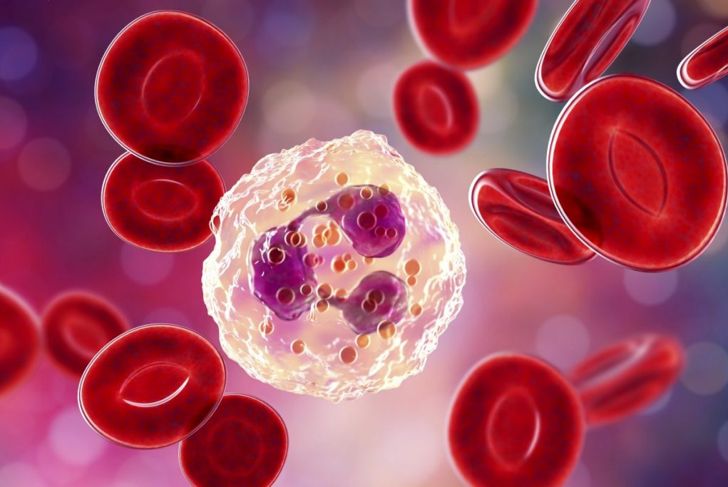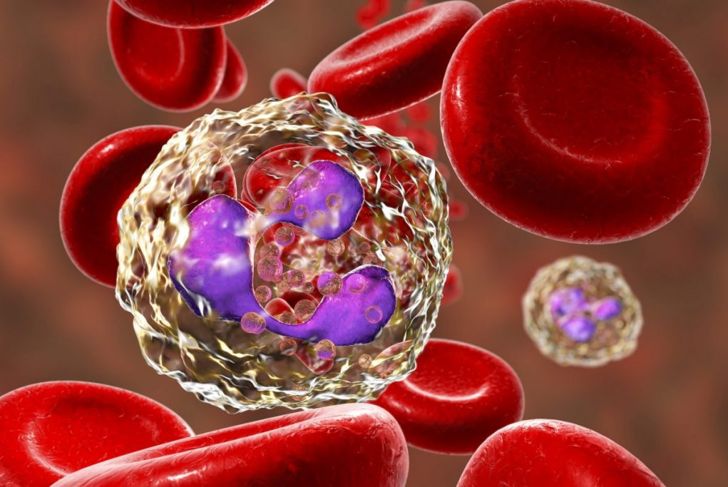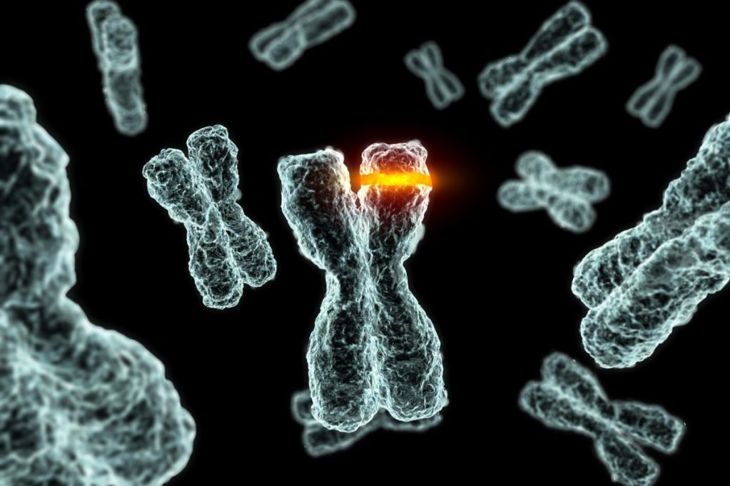Kostmann syndrome is the most common example of congenital neutropenia. Infants with the disease experience severe neutropenia — a low level of a type of white blood cells — in the first few weeks of life and are prone to bacterial infections. Developmental delays and epilepsy also arise as they grow. Fifty years ago, infants born with Kostmann syndrome typically died from infection in the first year of life, but today most live beyond age 20. The condition affects fewer than 200,000 people in the US.
Neutropenia
Neutrophils are a type of white blood cell that fights infection, primarily bacterial infections. In people with neutropenia, the body does not have enough neutrophils. Parameters for the condition vary by age. For infants, neutrophils typically climb during the first 72 hours after birth and slowly decrease during the first two months. Long labors can increase the level of neutrophils, and prematurity can lower them.
Severe Congenital Neutropenia
Because neutrophil levels naturally vary day to day, confirming a diagnosis of neutropenia requires blood tests several times a week for six weeks. If these tests show persistent low neutrophil counts, a doctor will likely diagnose chronic or permanent neutropenia that may be Kostmann syndrome. “Congenital” means that the syndrome was present at birth and not caused by external factors.
Other Issues
People with Kostmann syndrome or severe congenital neutropenia live longer today, well past their first year of life. As they age, however, various health issues can arise. About 40 percent have osteopenia, which makes bones brittle and more likely to fracture and can develop at any age. Also, about 20 percent of people with Kostmann syndrome develop leukemia or another blood cancer as an adolescent. Other issues include developmental delays, seizures, and heart abnormalities.
Causes
Several gene mutations result in severe congenital neutropenia. Some cause the neutrophils to die off quickly or function improperly, while others cause proteins to accumulate in the neutrophils, leading to cell death or interfering with maturation and function. Experts have identified some specific genes: about 50 percent of Kostmann syndrome cases result from mutations in the ELANE gene and 10 percent from mutations in the HAX1 gene.
Inheritance
Most cases of Kostmann syndrome result from a spontaneous mutation and occur in people with no family history of the disorder, though inheritance is possible. If the mutation is in the ELANE gene, is it a result of an autosomal dominant pattern, meaning that only one copy of the gene (from one parent, not both) is required to cause the syndrome. When the condition results from the HAX1 gene, it is autosomal recessive, and two copies of the gene (one from each parent) are needed to cause the mutation.
A Rare Genetic Pattern
Researchers have also identified a rare X-linked inheritance pattern that can cause Kostmann syndrome. In these cases, the mutation is on the X chromosome, the female sex chromosome. Females have two X chromosomes, so for the disorder to occur, both must mutate. Males only have one X chromosome, and one copy of the mutation is enough to cause Kostmann syndrome. Men with this X-chromosome mutation cannot pass it on to their sons.
Symptoms of Kostmann Syndrome
The prominent symptom of Kostmann syndrome is repeated infections throughout the body, most commonly in the ears, nose, throat, and lungs. Mouth involvement is nearly always present after age two, which results in issues such as gingivitis, pain, and bleeding. Any infection has the potential to be severe and even fatal.
Diagnosis
If Kostmann syndrome is caught early, consistent neutropenic blood tests are the primary diagnostic criteria. Various abnormalities may also show up on a myelogram, a special scan of the spine. Physicians will attempt to rule out autoimmune causes and other immunodeficiencies. Prenatal testing is also possible if expectant parents know of a predisposition to a particular genotype.
Treatment and Management
Preventing infection is the primary intervention for Kostmann syndrome. All fevers and suspected infections require a trip to the hospital for prompt treatment. Doctors will often prescribe preventative antibiotics, and hematopoietic growth factors can temporarily correct neutropenia, either continuously or to treat a specific infection. Long term use of growth factors increases the risk of leukemia, however, so this is not a preferred approach. In some cases, the medical team may consider bone marrow transplant.
Prognosis
The prognosis for Kostmann syndrome is much better than it once was, though outlooks heavily depend on the successful management of infection and the quality of care. The best possible outcome relies on prompt identification and treatment. If a person with the condition develops a malignancy such as leukemia, a bone marrow transplant can drastically change the prognosis.

 Home
Home Health
Health Diet & Nutrition
Diet & Nutrition Living Well
Living Well More
More




















